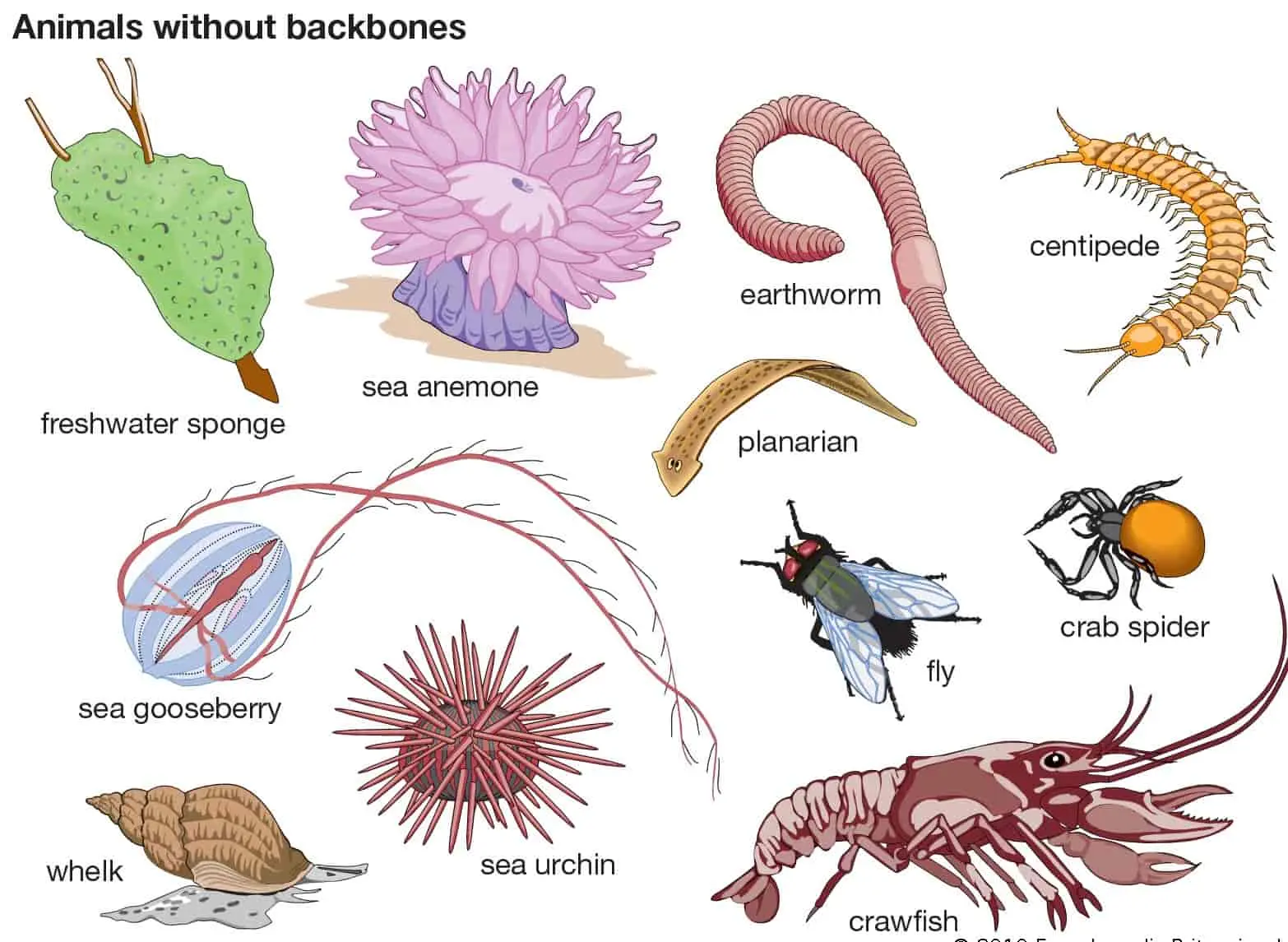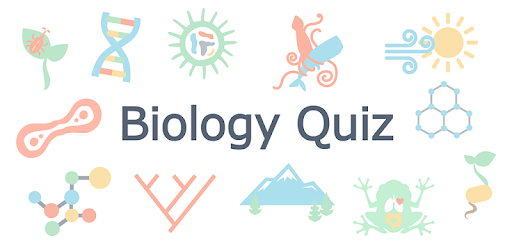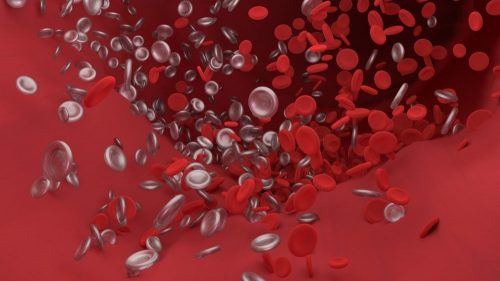One stop solution for all your biology questions!
Plant Growth and Development Quiz
[wp_quiz id=”4949″]
EXCRETORY PRODUCTS AND THEIR ELIMINATION QUIZ

EXCRETORY STRUCTURES IN NON-CHORDATES
In protozoans, porifers and coelenterates the specialised excretory structures are absent. The excretion in these animals occurs through the general body surface. The contractile vacuoles present in freshwater protozoans are the osmoregulatory structures and regulate osmotic concentration (osmolarity) of the body. Though some ammonia is also lost through contractile vacuoles, but they can not be…

Q & A on living world and taxonomy
Q1. Who is known as the Darwin of the 20th century Ernst Mayr(1940) – During the mid 20th century, Ernst Mayr was one of the ‘architects’ of the synthetic theory of evolution. He proposed Biological concept of species, on the basis of interbreeding Q2. In unicellular organisms the ……………. is synonymous with growth. In unicellular…
Osmosis
If a dilute solution is separated from a concentrated solution by a partially permeable membrane, water diffuses across the membrane from the dilute to the concentrated solution. This is known as osmosis. A partially permeable membrane is porous but allows water to pass through more rapidly than dissolved substances. Since a dilute solution contains, in…
Ecosystem – Structure and Function
The term ‘ecosystem’ was proposed by a British ecologist A.G. Tansley (1953). It represents the basic fundamental, functional unit of ecology which comprises of the biotic community together with its abiotic (non-living) environment. Ecosystem is the functional unit of nature where living organisms interact with each other and with their environment. Ecosystems can be recognized…
CELL JUNCTION
The cells of epithelial and other tissues are held together by various types of cell junctions, that can be categorized into 3- main groups – (I) Adhesive junctions The cells of epithelial tissue and even cardiac muscles are difficult to separate due to the presence of adhesive junctions. Such junctions are of 2-types (a) Adherens…
ANGIOSPERMS (FLOWERING PLANTS)
Angiosperms are most dominant and most evolved plants on this earth, appeared about 130 million years ago in Jurassic (dicot plant) and cretaceous (monocot plants) period of the Mesozoic era. Tertiary period of Cenozoic era is called as Age of angiosperms. Angiosperms are found in every habitat. They constitute more than 50% of the total…
Active Transport
A few ions or molecules are transported across the membrane against their concentration gradient, i.e., from lower to higher concentration. Such type of transport is called active transport because it is an energy-dependent process in which ATP is utilised, e.g., Na+/K+ pump. https://youtu.be/visqfZd7Ms4 Active transport uses energy to pump molecules against a concentration gradient. Active…

Endocrine System quiz set-1

Reproduction in organism set 1
Loading… Loading…

BLOOD CLOTTING (HAEMOSTASIS)
The clot or coagulam is a dark -reddish-brown ‘scum’ formed mainly by a network of threads in which dead or damaged blood elements are trapped. It is the property of plasma. Normal blood clotting time is 3−10 min. The clot inside the blood vessels is called a thrombus. A moving thrombus is called embolus. In…




